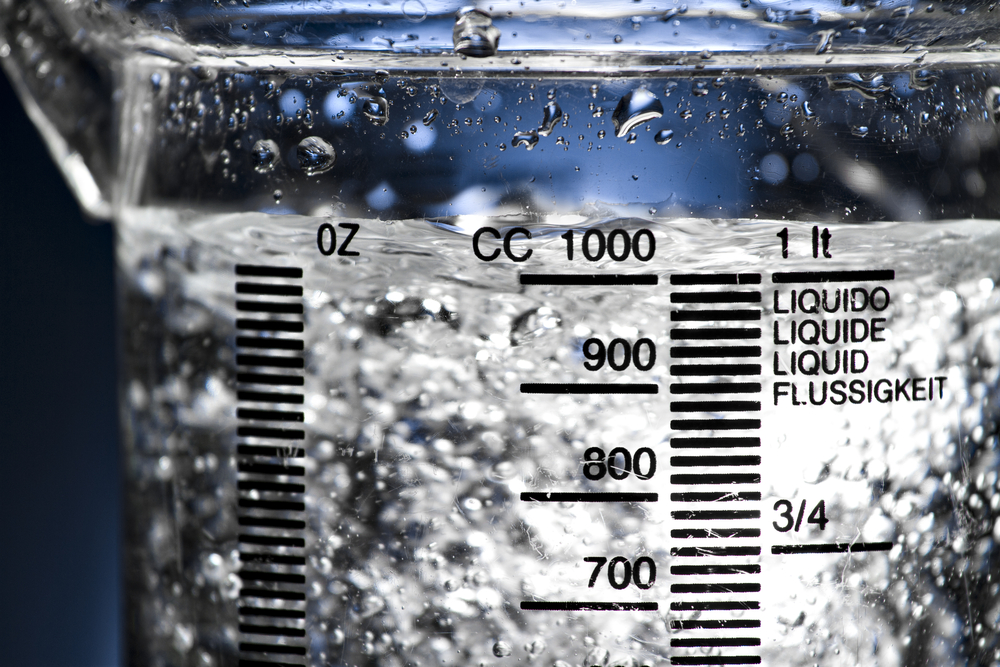This task is designed to introduce students to a practical situation that involves multiplying and dividing decimals by powers of 10. We want students to focus to use what they know about the measurement in order to explain how to convert them, rather than simply applying a procedure.
Purpose
- Identify the qualities and behaviours of a good mathematician
- Explain the definition for length and provide examples of when it can be used
- Identify the standard unit used to measure length
- Explain the relationship between metric units and place value
- Estimate the length of different objects
- Identify tools used to measure length
- Accurately measure the length of an object
- Accurately read decimal numbers
- Record the length of objects using decimal notation
- Explain the relationship between millimetres and centimetres (cm and m; mm and m, etc.), e.g. ten times bigger or ten times smaller
- Use multiplication and division to convert between units of length
- Investigate the relationship between the length and circumference of cylinders
- Apply knowledge of measurements to construct a cylinder
Curriculum Connections: VICTORIAN CURRICULUM F-10 (YEAR 6)
Fractions & Decimals
- Multiply and divide decimals by powers of 10(VCMNA216)
Using units of measurements
- Connect decimal representations to the metric system(VCMMG222)
At the end of this lesson students should be able to answer the following questions
- What is the metric system? Why is it used?
- What are millimetres?
- What is the relationship between mm and cm? cm and m; mm and m?
- How do we convert between measurements?
- What do we mean be 10 times bigger/smaller?
- What is length? What is a mathematical definition for length?
- How do we measure length?
- What do we need to know when using measuring tools?
- What is the standard unit for length?
- How do we read decimals?
- Can we use place value language (or fractional language) to describe decimals?
- Can we use a place value chart to help us record numbers and convert between measurements?
- Is there another way to find the circumference of a cylinder?
- For the height and circumference to be the same what needs to happen?
- Can you show a possible solution using algebra?
For more information, please download the attached lesson plan.
Recommended Posts



